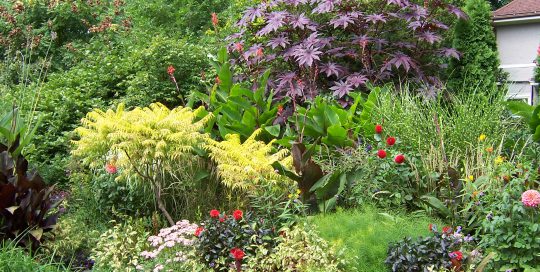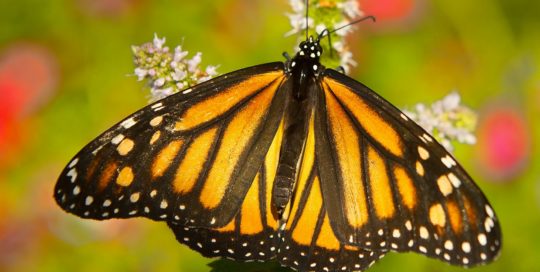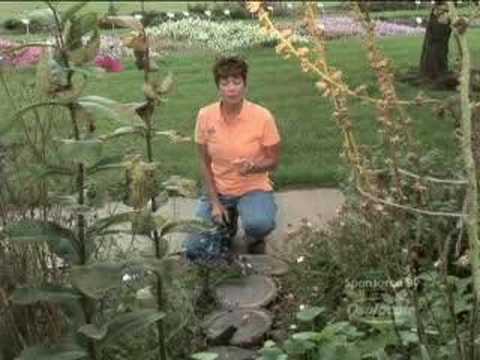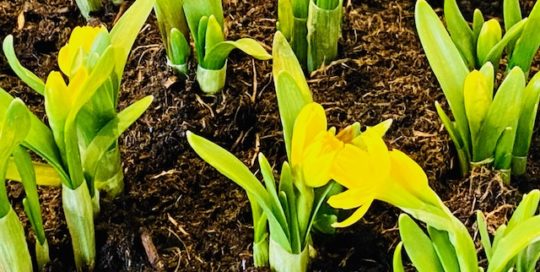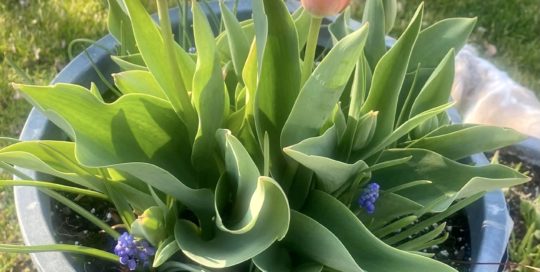Migration
The monarch’s migration is extraordinary. A butterfly that emerges from a chrysalis in Canada or the northern U.S. in late summer or early fall begins an epic journey. They fly up to 2800 miles to a place they’ve never been before. Monarch butterflies follow their great-great grandparents left earlier in the year. This last annual generation from the northern states does not mate. It must find enough nectar to fuel its long trip south. Once they arrive in Mexico, the monarchs enter diapause, a long winter rest, until early in the year when they mate and head north. Two or three generations follow the first. Each generation of monarch butterflies move further north through the summer. The great fall migration starts in southern Canada about mid-August and the majority of migrants travel through the heart of the eastern and central U.S. in September.
The Caterpillar’s Diet
Milkweed plants are perhaps best known for their role as the larval food plants of the monarch butterfly. During World War II, milkweed seed pod “fluff” was used in life jackets. A monarch will only lay its eggs on native milkweeds (Asclepias spp.). The plants contain chemical toxins (cardenolides) that do not greatly affect the caterpillar or butterfly, but make them unappealing to potential predators. The monarch’s vivid colors are a caution to birds. Any bird that tries to eat a monarch butterfly soon discovers that it is unpalatable.
The Butterfly Border
The sunny borders in our one-acre garden are planted to attract as many butterflies as possible. They are a combination of native perennials, “nativars”—cultivated native plants, and a large assortment of annuals. Some of their favorite flowers include zinnias, coneflowers, sunflowers, asters, helenium, tithonia and rudbeckia (black-eyed Susans). As a child growing up in Chicago, I watched migrating monarch butterflies in September visit the zinnias that my English mother planted in a very narrow border along the fence. I was always amazed that they could find this little strip of color. Few other gardens—or nectar plants—existed in the neighborhood.
Annuals and late-flowering perennials provide nectar for migrating monarchs that are still active in early fall here in Illinois. Asters, salvia, marigolds, sunflowers, boltonia, chrysanthemums, cosmos, lantana, ageratum and helenium and are just a few of the flowers that attract them.


